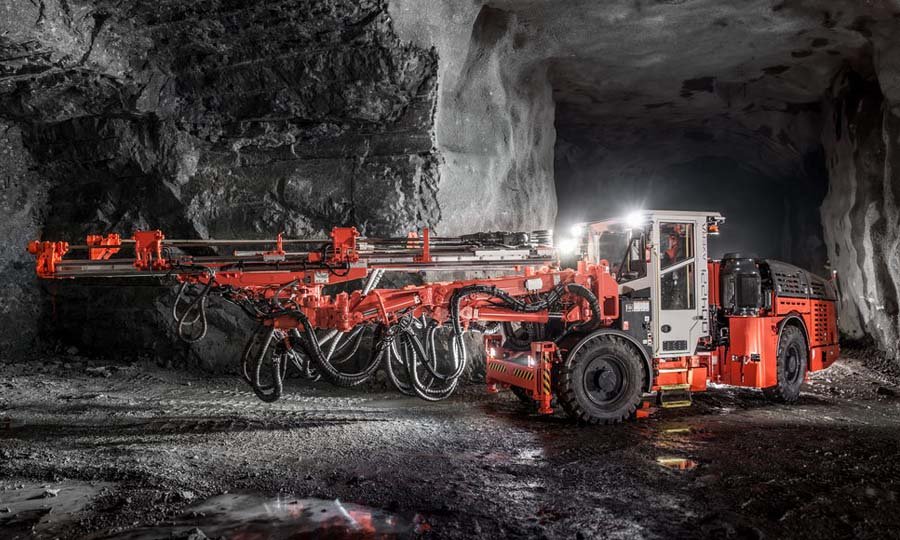Technology has come a long way in recent years, and the mining industry is no exception. Today, there are many different types of underground mining technology from providers like Newtrax used in mining operations to make the process safer, more efficient, and more productive.
Here are six of the most important types of technology used in underground mining.
Table of Contents
1. Ventilation Systems
When it comes to mining, ventilation is essential for ensuring the safety of workers. Underground mines are filled with all sorts of dangerous gases, including carbon monoxide and methane. If these gases are not properly ventilated, they can quickly build up to dangerous levels, putting miners at risk of asphyxiation.
In addition, ventilation systems help to keep the air in underground mines from becoming too stale. Without a fresh supply of air, miners would quickly become exhausted and suffocate. Ventilation systems also help to remove the dust that is generated by mining operations.
This dust can be a serious health hazard if inhaled, causing respiratory problems and even lung cancer. By ensuring that the air in an underground mine is clean and breathable, ventilation systems play a vital role in protecting the safety of miners.
2. Communications Systems
Communications are essential in any type of mining operation, but they’re especially important in underground mining. In an underground mine, there is typically no cell phone service or other means of direct communication with the outside world.
That’s why mines rely on communications systems that use radios, telephones, and other forms of wireless communication to stay connected. Mine communications systems are crucial for coordinating efforts and ensuring the safety of miners.
They allow miners to stay in touch with one another and with the surface world. In case of an emergency, they can be used to call for help. And in day-to-day operations, they help to ensure that everyone is on the same page. Without a reliable communications system, an underground mine simply couldn’t function.
3. Tracking Systems
Tracking systems are an essential part of modern underground mining technology used in operations. By providing real-time data on the location of miners and equipment, they help to ensure the safety of workers and optimize productivity.
In the event of an accident or other emergency, tracking systems allow mine managers to quickly locate and rescue workers who are trapped underground. Tracking systems also help to improve the efficiency of mining operations by ensuring that miners and equipment are used in the most effective way possible.
As mining operations become increasingly complex, tracking systems will continue to play a vital role in ensuring safety and efficiency.
4. Explosives Detection Systems
Explosives are essential for many mining operations, but they can also be very dangerous. Every year, there are accidents in mines that involve explosives, and these can often be catastrophic. To keep workers safe, mines use explosive detection systems to monitor the presence of explosives underground.
These systems help to detect explosives that have been buried or hidden, and they can also be used to monitor the level of explosives in a particular area. This information is important for safety reasons, as it helps mines to avoid accidents and keep workers safe.
5. Material Handling Systems
In any mining operation, material handling is a crucial part of the process. Underground mines are no different. In fact, due to the often difficult and dangerous nature of underground mining, material handling systems are even more important in these types of operations.
Material handling systems help to improve safety and efficiency by reducing the need for manual labour. These systems can include anything from conveyor belts to special-purpose vehicles.
By automating the movement of materials around the mine, these systems help to improve productivity and decrease the chances of accidents. In addition, material handling systems can also help to reduce the amount of dust and noise generated by mining operations.
6. Lighting Systems
Lighting is another important aspect of safety in mines. Poor lighting can lead to accidents, so it is crucial that miners have access to bright, reliable light sources. LEDs are often used in mining applications because they are very durable and resistant to vibration.
In addition, LEDs do not produce much heat, so they can be used in areas where there is a risk of explosion. However, LEDs are not the only type of light source that can be used in mines. Incandescent bulbs are also commonly used, and these have the advantage of being much cheaper than LEDs.
